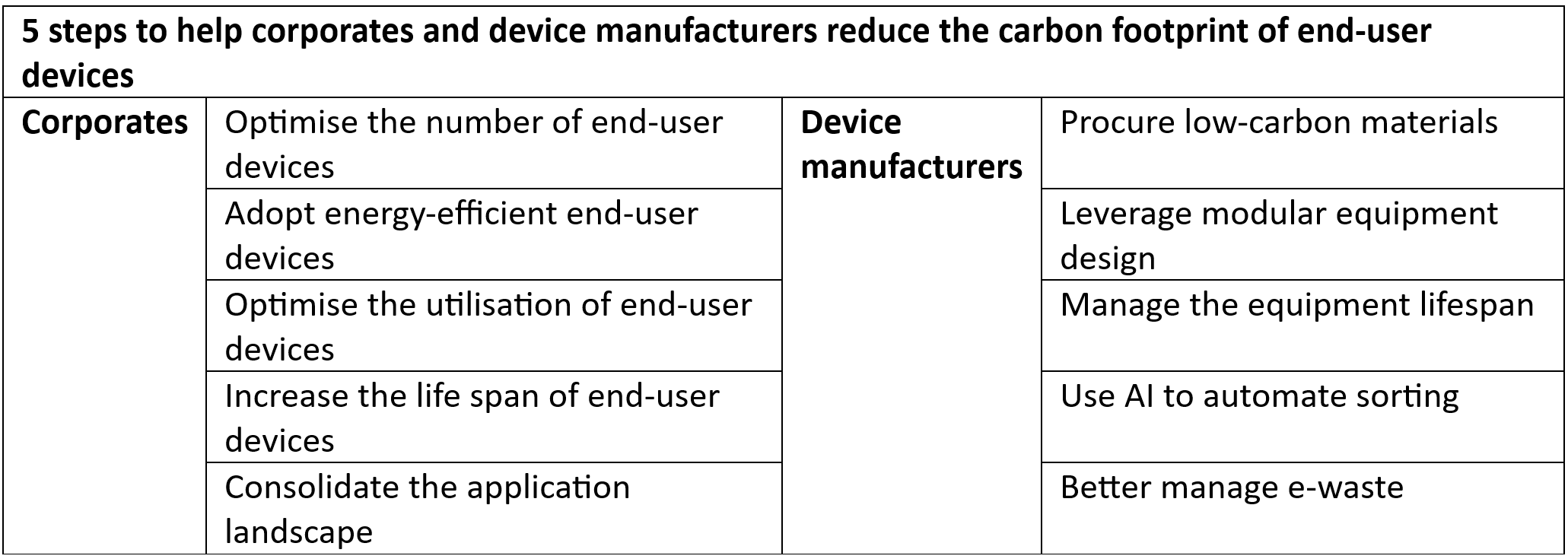Talk to any executive about decarbonising the tech industry and the conversation quickly veers towards data centres. Rightfully so. Data centres consume huge amounts of energy, and not all of that power is renewable. Recent data suggests data centres globally now generate between 63 and 75 megatons of CO2 equivalent. And demand for data centres is growing at a blistering pace.
Yet data centres are by no means the tech industry’s worst emitters. That dubious distinction goes to something sitting in your pocket and on the corner of your desk – end-user devices. Indeed, recent research suggests that end-user devices – smartphones, laptops, printers and the like – are responsible for nearly double the CO2 emissions of data centres.
In many ways, the disparity is a matter of scale. The number of end-user devices currently active around the world dwarfs the number of data centres (rough estimates suggest around 30 billion devices versus around 12,000 data centres globally). And the lifecycle difference means that replacement happens much more frequently – every two years for the average smartphone and four years for a laptop versus up to 15 years for a server.
That does not make the challenge any easier. Whereas accountability for data centre emissions generally flows through one of a handful of companies globally, accountability for the emissions generated by the production, use and end-of-life processes of end-user devices is widely distributed – right down to individual human beings.




